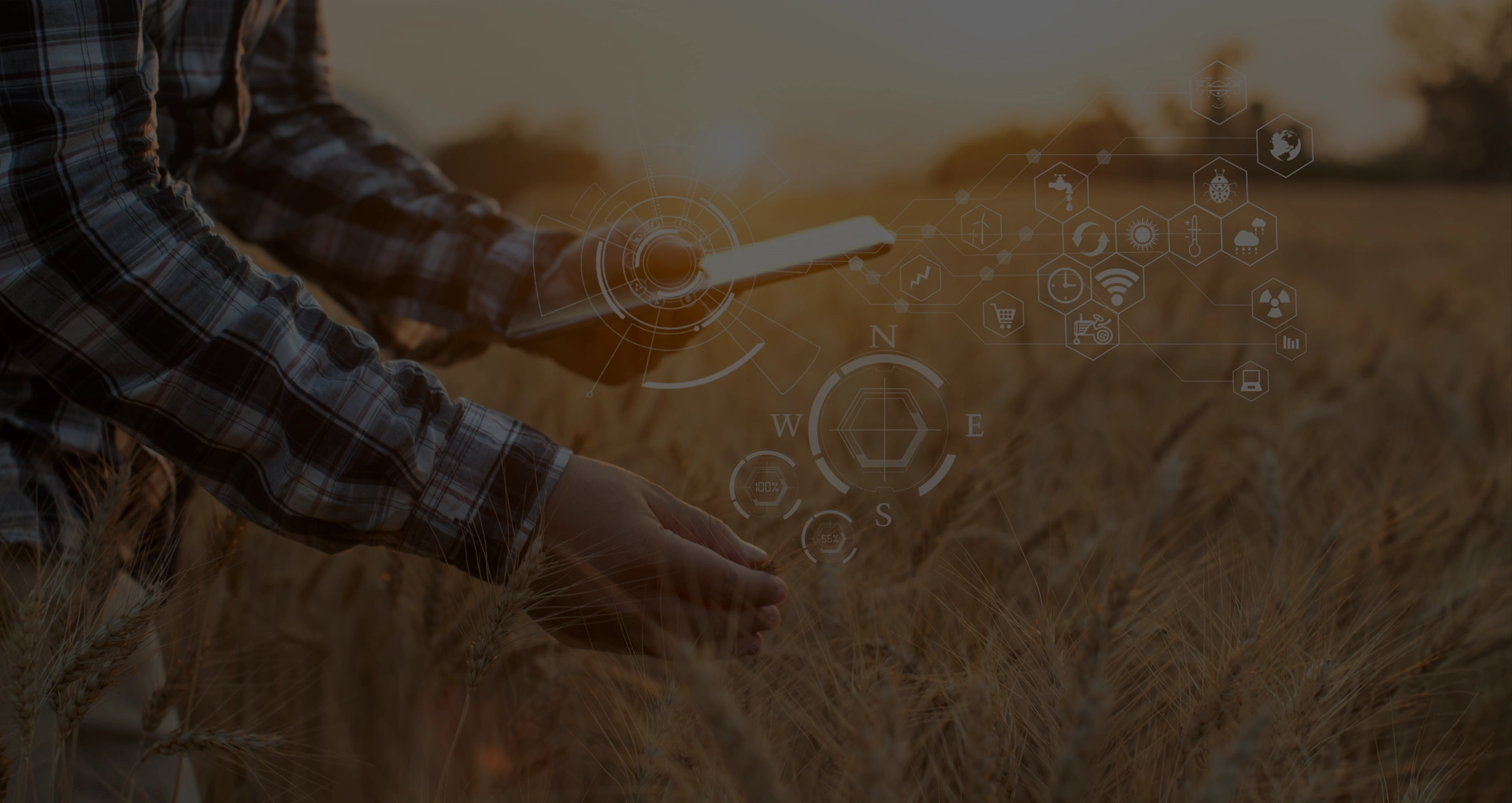
Major innovations in modern agriculture
How tomorrow’s agriculture integrates innovative technologies and practices to improve productivity, preserve resources, and address global challenges.
Precise data
Geolocalized collection and analysis of agricultural data
Using sensors, drones, and satellites, precision agriculture collects detailed data on soil, weather, and crops to better understand each plot and optimize decisions in real time.
Targeted Management
Variable application of inputs based on local needs
The adapted use of water, fertilizers, or pesticides optimizes resources, improves yields, and limits environmental impact by precisely targeting each area.

Technological innovations serving modern agriculture
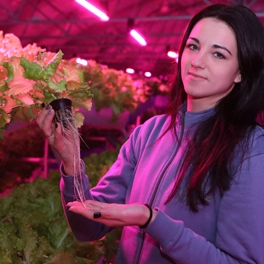
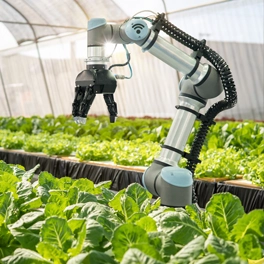
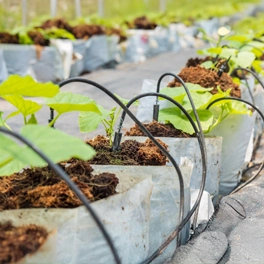
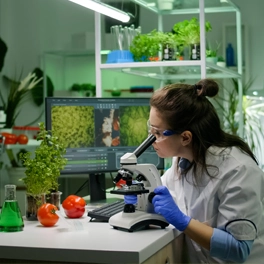
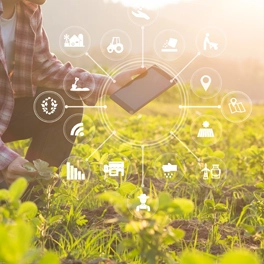
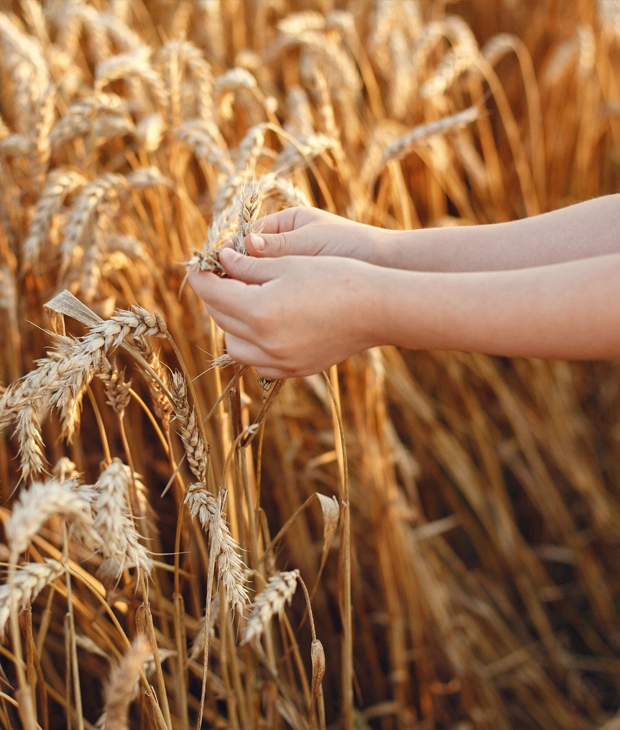
Cereal farming
This constitutes the basis of the world’s food supply, with crops such as wheat, rice, and corn.
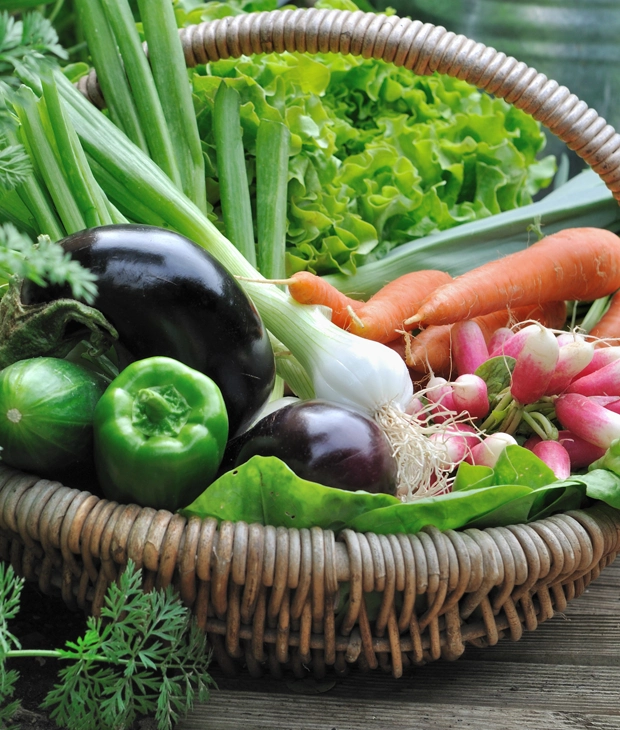
Market gardening
This allows fresh vegetables to be grown in open fields or greenhouses for quick, local consumption.
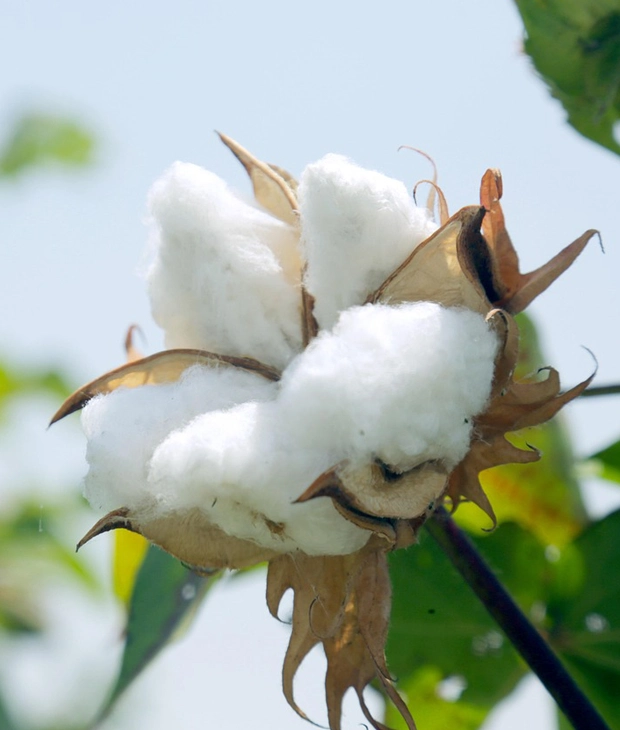
Industrial farming
Intended for processing, it provides raw materials such as cotton and sugar beets for various sectors.
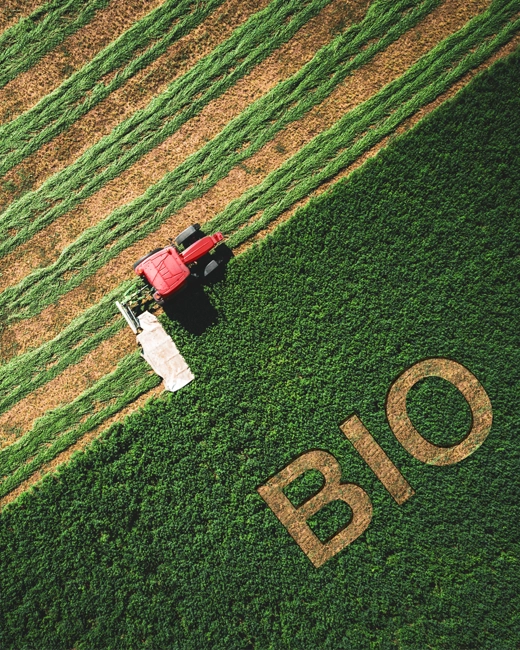
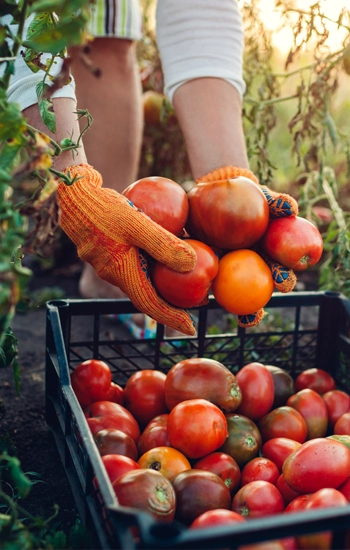
Organic Agriculture: growing differently to preserve tomorrow

The main types of breeding
Urban agriculture
A lever for sustainable and inclusive cities
In the face of growing urbanization, urban agriculture is emerging as an innovative solution for reintroducing nature into the heart of cities. By transforming often unused spaces into productive gardens, it promotes the local production of fresh fruits and vegetables while reducing the ecological footprint linked to transport.
Beyond its environmental benefits, it plays an essential social role by creating connections between residents, raising awareness of food issues, and providing spaces for exchange and education. This model thus contributes to building more sustainable, resilient, and inclusive cities.



